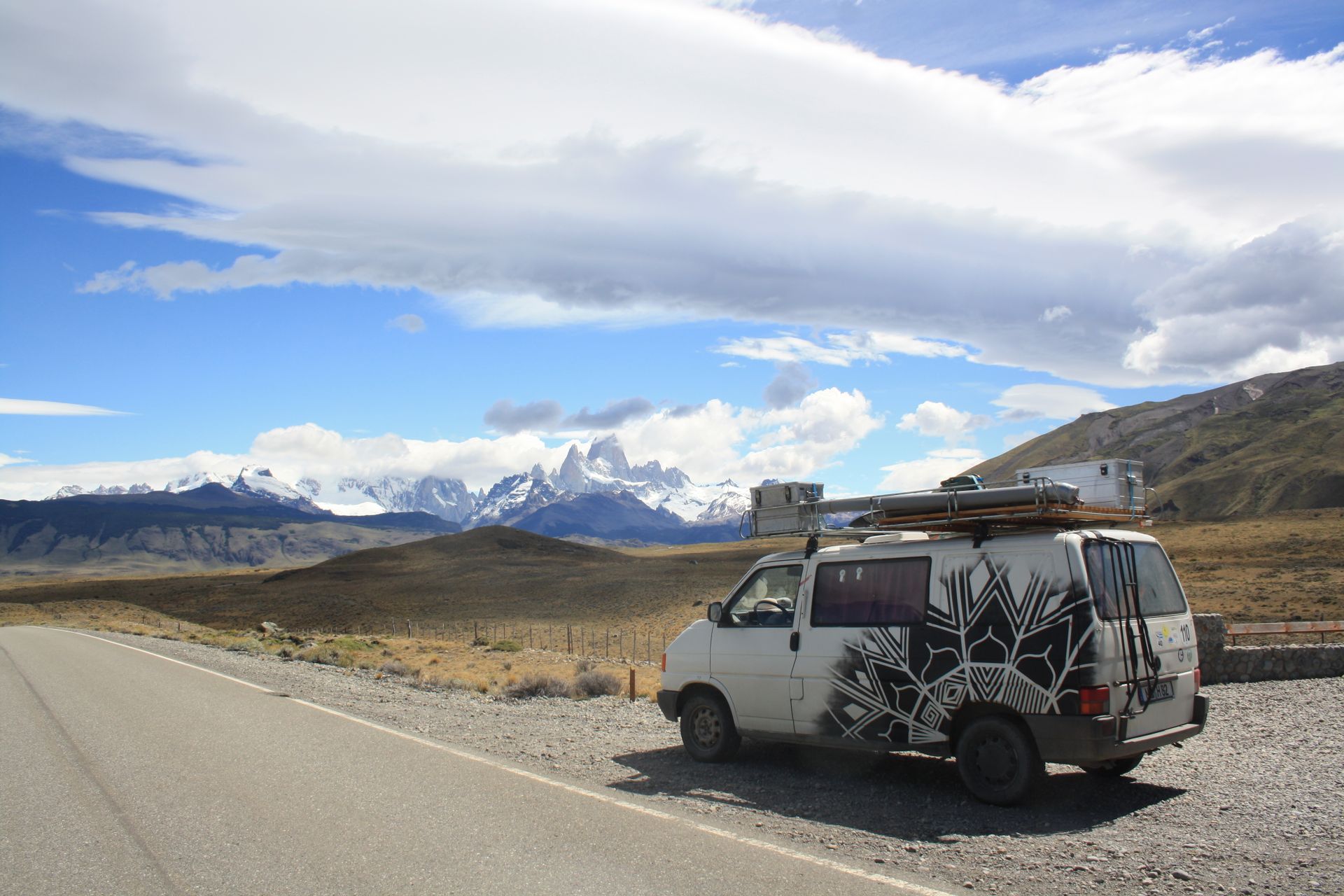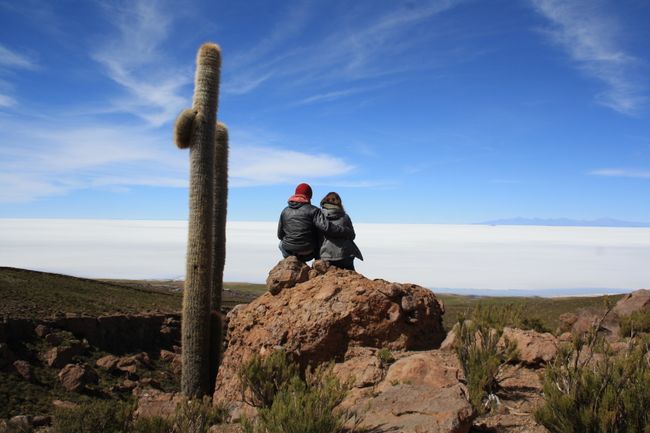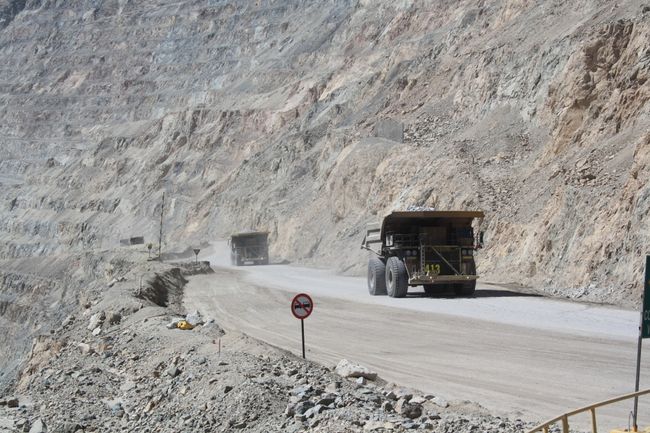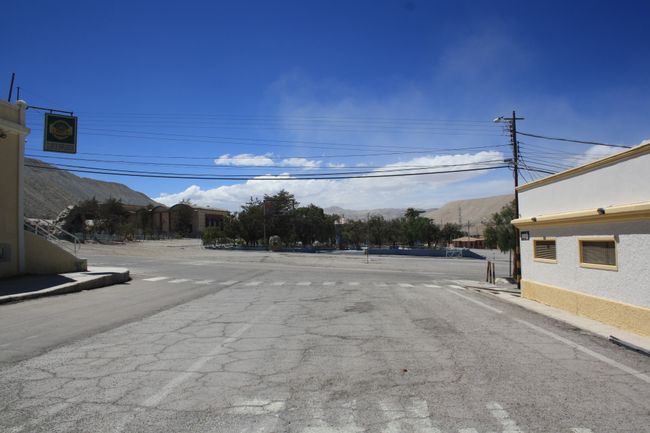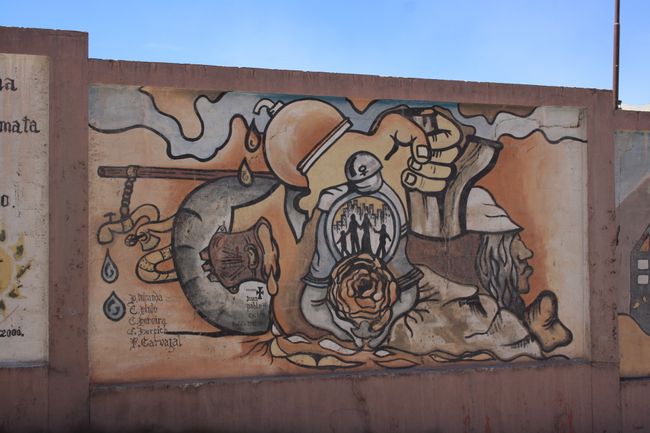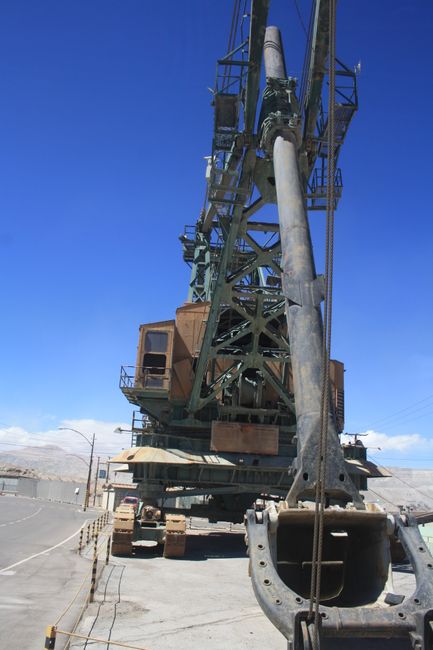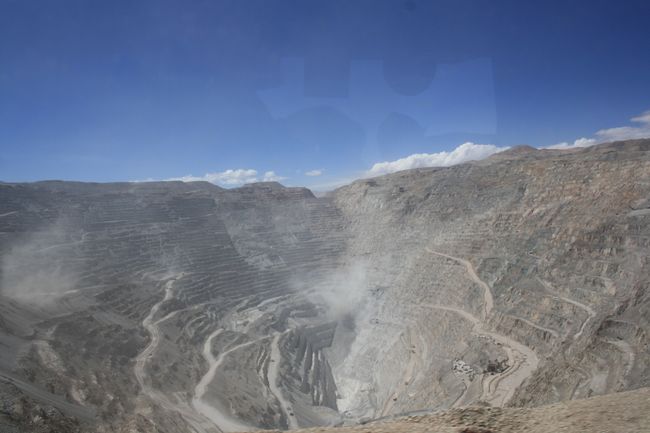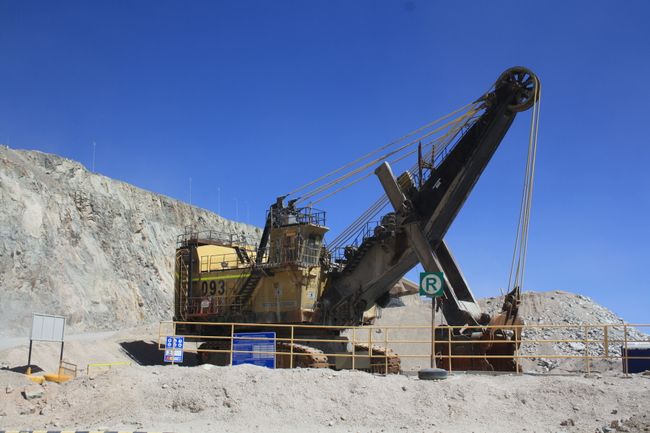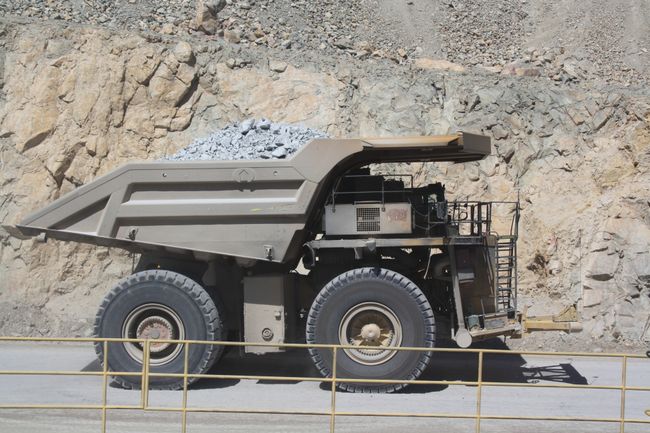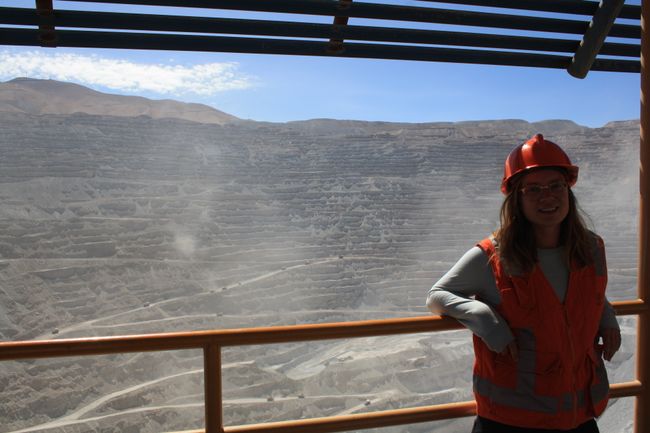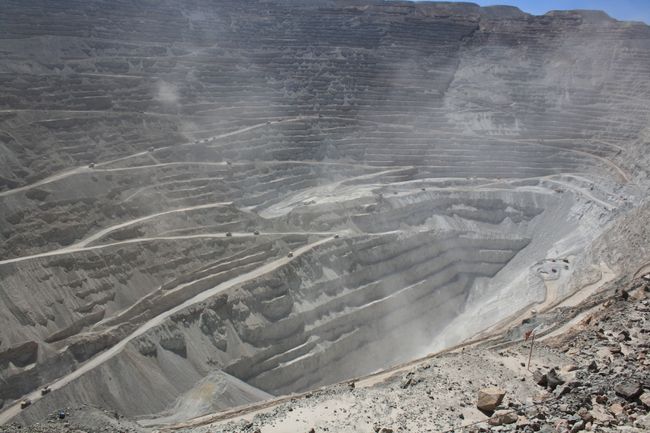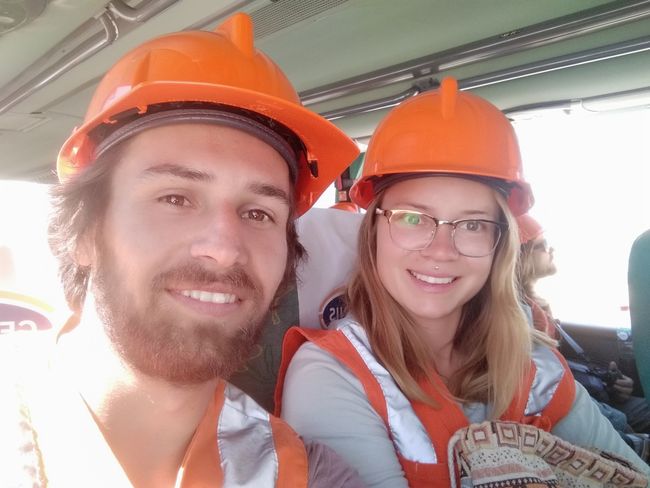Calama
Cyhoeddwyd: 10.04.2019
Tanysgrifio i'r Cylchlythyr
We had already heard before that Calama is supposed to be a pretty dangerous city and in fact, in the whole (by now) 5 months in South America, we have never seen such barricaded houses like here.
However, there is something unique here: the largest open-air copper mine. The tours didn't start until the next day. Then we met Benni and Bettina again and went shopping first, unfortunately, it was necessary for someone to stay with the cars and watch. Jonas then rolled up his sleeves to show that he is tattooed and we started walking.
After trying out all the wild camping spots in Calama and the locals always telling us that it's not safe, we had to resort to our emergency solution: gas station night. In South America, as a camper, you can stay overnight at the gas station like the truckers, which has its advantages: 24-hour surveillance, showers, toilets, and WiFi (almost like a free campground), and if you don't look outside (or wait until it gets dark), the unpleasant place won't bother you either, and most importantly, you can sleep peacefully. In the morning, we bought a starting spray for our camper because our Egon didn't start well in the cold and high-altitude air last time. We also had to realize that our next stops (Bolivia) are at an altitude of at least 3,500 meters.
And in the afternoon, we went to the mine. First, we visited the old city of the miners, the Chilean government had the city evacuated when they realized that the city with about 25,000 inhabitants is actually too close to the mine and thus health risks arise, that was 2008 (yes, they are quite behind in terms of environmental protection/health protection). Before that, the employees lived in their own city where they didn't have to pay for a house, electricity, and water, and there was almost no crime, then they had to move to Calama. So no one was enthusiastic about it.
They simply filled the vacant land with the soil from which the copper was extracted. These artificial mountains dominate the landscape here quite a bit. After burying the hospital and half of the city, the responsible people realized that it would also be nice to leave the city as a memento, so half of it is buried today and the rest can be viewed. After that, we went to the exciting part of the tour: the mine. In such situations, we love the low safety standards here: our tour bus simply drove onto the mining site and down three rounds. Here we were also allowed to get off and look at the mining activities from above. The construction vehicles (loaded with 450 tons) fought their way up the mine with their 4-meter tires to transport the copper-containing rock to the production halls. Since the mine is now 1.1 kilometers deep, underground mining will be switched to next year. That was really cool, the men looked at the construction machinery and we women looked at the traffic chaos on the roads leading out of the mine. Afterwards, it was necessary to put enough kilometers between us and the city.
Tanysgrifio i'r Cylchlythyr
Ateb (1)
Ninjo
Nah da schlägt doch das Ing-Herz noch schneller als durch die dünne Luft so wie so schon . Aber aufgepasst Sicherheit ist immer und überall die Nr.1.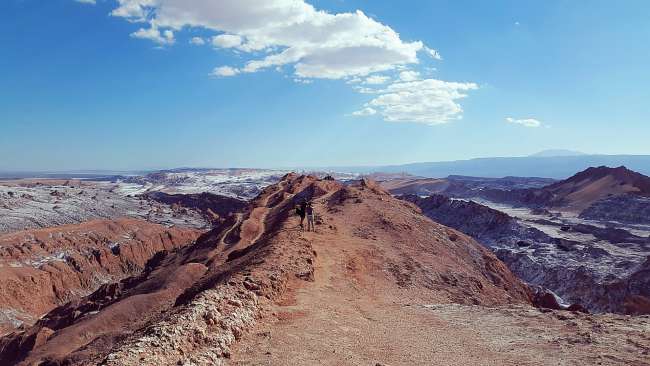
Adroddiadau teithio Chile
